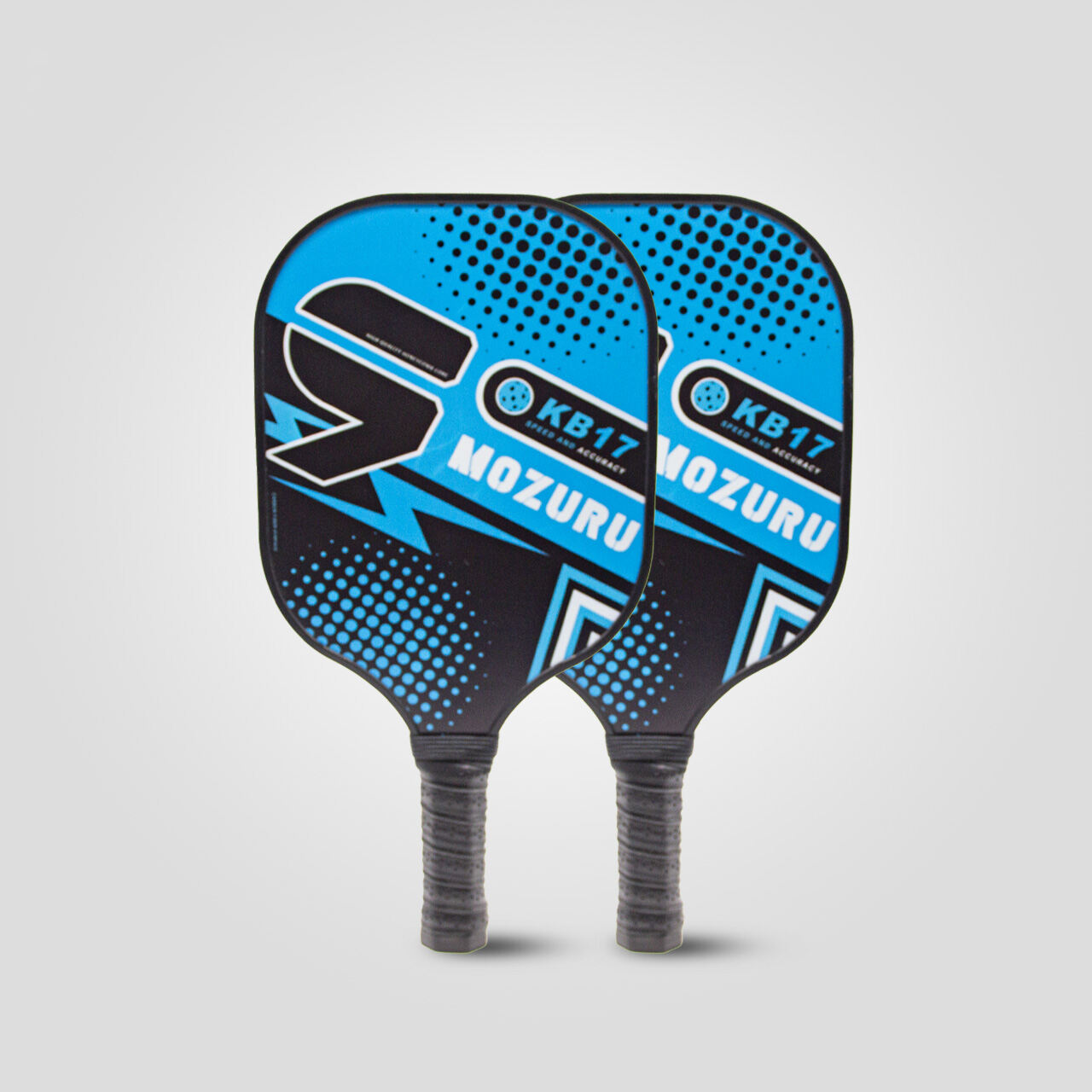Essential Considerations for Wholesale Pickleball Paddle Procurement
The rapidly growing popularity of pickleball has created unprecedented demand for quality equipment, particularly paddles. For retailers, distributors, and organizations looking into sourcing pickleball paddles in bulk, understanding the key factors that influence purchasing decisions is crucial for success in this dynamic market. The process involves much more than simply finding the lowest price point – it requires careful consideration of multiple elements to ensure both profitability and customer satisfaction.
The pickleball industry has experienced exponential growth, with participation increasing by over 39% in the last two years alone. This surge in popularity has led to increased competition among suppliers and manufacturers, making it essential for buyers to make informed decisions when sourcing pickleball paddles in bulk. A thorough understanding of market demands, quality standards, and supply chain dynamics can make the difference between a successful bulk purchase and a costly mistake.
Quality and Performance Specifications
Material Composition and Durability
When sourcing pickleball paddles in bulk, material quality stands as a paramount consideration. The core material, whether composite, polymer, or aluminum, significantly impacts both performance and longevity. High-grade materials ensure paddles can withstand regular use while maintaining consistent playing characteristics. Buyers must evaluate the balance between cost-effectiveness and durability to maximize their return on investment.
Face material selection also plays a crucial role in paddle performance. Carbon fiber, fiberglass, and graphite options each offer unique benefits in terms of power, control, and durability. Understanding these material properties helps buyers select products that will meet their target market's expectations and performance requirements.
Performance Characteristics
Weight distribution and paddle specifications directly influence player experience. Bulk buyers must consider the intended user base when selecting paddle weights and dimensions. Professional players typically prefer different characteristics compared to recreational players or beginners. A diverse inventory that caters to various skill levels often proves most successful in the market.
USAPA approval is another critical factor for performance legitimacy. Ensuring that bulk-purchased paddles meet official tournament specifications opens up broader market opportunities and establishes credibility with serious players.
Supply Chain and Logistics Management
Manufacturing Capabilities and Lead Times
Understanding manufacturer production capacity is essential when sourcing pickleball paddles in bulk. Reliable suppliers should demonstrate consistent output capabilities and maintain quality standards across large orders. Buyers must evaluate production schedules, lead times, and minimum order quantities to align with their inventory management strategies.
Supply chain stability impacts both cost and availability. Working with manufacturers who have established relationships with material suppliers helps ensure consistent product quality and timely delivery. Buyers should investigate their suppliers' track record in handling large orders and meeting delivery commitments.
Shipping and Storage Considerations
Transportation costs and logistics can significantly impact the total cost of sourcing pickleball paddles in bulk. Buyers must consider shipping methods, packaging requirements, and potential customs duties for international purchases. Efficient packaging design that maximizes container space while protecting the products is crucial for cost-effective transportation.
Storage requirements and inventory management systems need careful planning. Proper warehousing conditions prevent damage to paddles and maintain their quality until distribution. Climate-controlled storage may be necessary depending on the paddle materials and local environmental conditions.
Financial and Market Analysis
Pricing Structures and Volume Discounts
Bulk purchasing typically offers significant cost advantages through volume discounts. However, buyers must carefully analyze pricing tiers and minimum order requirements to optimize their investment. Understanding the complete cost structure, including hidden fees and additional charges, ensures accurate profitability projections.
Payment terms and financial arrangements require thorough evaluation when sourcing pickleball paddles in bulk. Negotiating favorable payment schedules and understanding currency exchange implications for international purchases can impact cash flow management and overall procurement strategy.
Market Demand Assessment
Accurate market analysis helps determine optimal order quantities and product mix. Buyers must research current trends, seasonal variations, and local market preferences to align their bulk purchases with customer demand. Understanding competitor offerings and price points helps position products effectively in the market.
Future growth projections influence bulk purchasing decisions. The continued expansion of pickleball participation suggests strong market potential, but buyers must balance inventory investment with realistic sales forecasts.
Brand and Customer Service Support
Warranty and Return Policies
Comprehensive warranty coverage protects bulk buyers from quality issues and defects. Understanding manufacturer warranty terms, claim processes, and support systems is crucial when sourcing pickleball paddles in bulk. Clear return policies and problem resolution procedures help maintain customer satisfaction and minimize financial risks.
After-sales support capabilities influence long-term business relationships. Suppliers should demonstrate commitment to customer service and provide reliable communication channels for addressing concerns or technical support needs.
Brand Reputation and Marketing Support
Brand recognition and market presence impact product marketability. Established brands often command premium prices but may offer stronger consumer appeal and easier market penetration. Marketing support from manufacturers, including promotional materials and co-branding opportunities, can enhance sales potential.
Quality consistency and brand reliability build customer trust. Buyers should investigate manufacturer track records and customer feedback to ensure their bulk purchase aligns with desired quality standards and market positioning.
Frequently Asked Questions
What is the typical minimum order quantity for bulk pickleball paddle purchases?
Minimum order quantities vary by manufacturer but typically range from 50 to 200 units for bulk orders. Some suppliers may offer tiered pricing with increased discounts for larger quantities. It's important to discuss specific requirements with potential suppliers to find arrangements that align with your business needs.
How long does it take to fulfill and receive a bulk paddle order?
Lead times for bulk paddle orders generally range from 4 to 12 weeks, depending on order size, manufacturer capacity, and shipping method. International orders may require additional time for customs clearance and transportation. Working with established suppliers can help ensure more predictable delivery schedules.
What warranty coverage should buyers expect when purchasing paddles in bulk?
Standard warranty coverage for bulk paddle purchases typically ranges from 6 months to 1 year, covering manufacturing defects and material failures. Premium manufacturers may offer extended warranty periods and more comprehensive coverage. Buyers should carefully review warranty terms and documentation requirements before finalizing bulk orders.


